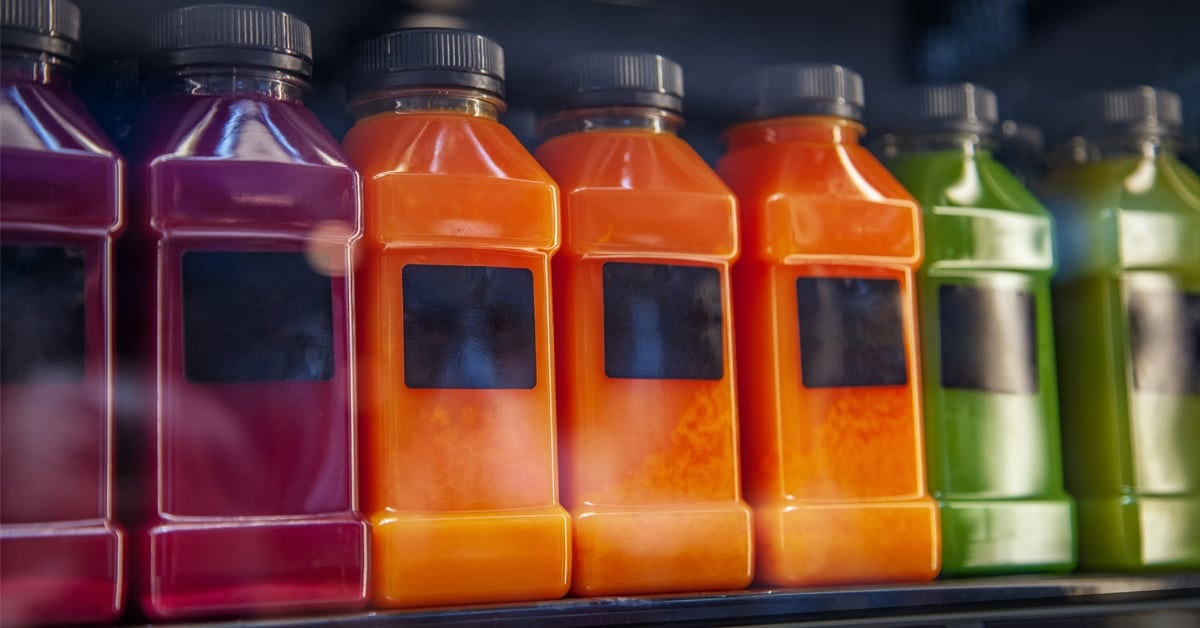Our customers are always asking about how to extend the shelf life of cold-pressed juice. Basically, it comes down to a few options:
- Acidity, time and temperature, and other natural methods – to get an extra few days
- High Pressure Processing (HPP) – to get about 30-45 days shelf life
- Heat Pasteurization (Flash, HTST) – can extend shelf life from 30-180 days, and even make juice “shelf stable” – not requiring refrigeration.
Note: This How to Write a Juice Business Plan PDF is a step-by-step guide to helping you write a business plan for your juice business. Download it for free!

How Heat Pasteurization Works
Also referred to as “Hight Temperature Short Time pasteurization” (HTST), the name explains it all. Basically, the juice is heated to a high temperature for a short amount of time, then quickly cooled back down to proper temperature.
The temperature it’s heated to, and the amount of time, varies a lot but generally it’s around 165 degrees F for around 10-20 seconds. This process kills over 99% of the microbes in the juice, achieving the required reduction to legally sell juice wholesale. Higher temperatures and longer times may be used if trying to achieve a longer shelf life or shelf stable product.
Why Heat Pasteurization Isn’t Used on Cold-Pressed juice:
- The first one may be obvious – if you use heat, it’s no longer cold pressed. Heat pasteurization literally cooks the juice, which defeats the purpose of keeping things cold while juicing.
- Color and taste change. When you cook stuff, it changes. The differences can be obvious in some juices. Green juice may become dark and bitter, for example.
- Lower nutritional value. Heat kills all living microorganisms, not just the dangerous ones. Heat can also reduce the nutrient content in some juices, and denature enzymes.
Related article: What is Cold Pressed Juice & Is It Really Better?

Comments
Do you know if there are any legit studies around the nutrient and live enzyme impact of pressure treating (HPP)? Or is it simply logical that anything that kills the bad contents also kills the good contents?
Thanks!
Hi Mary please check out my article The Truth About HPP Juice For more details on specific data.


Comment